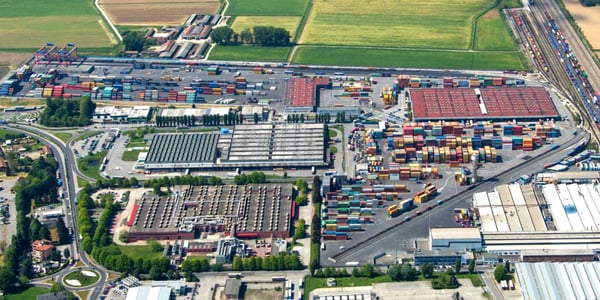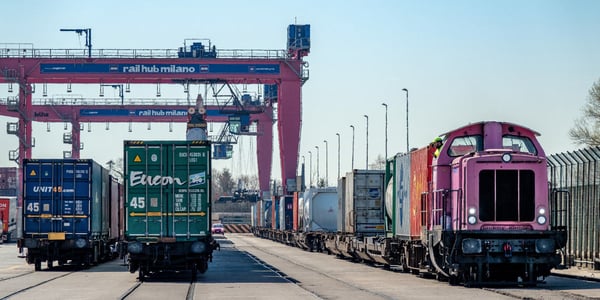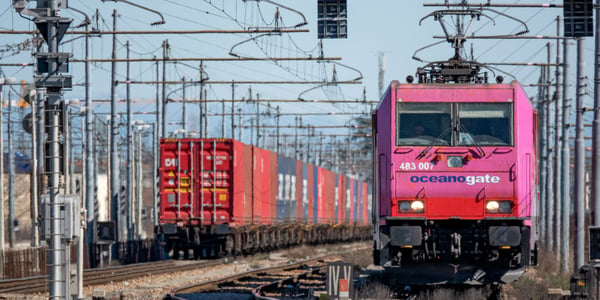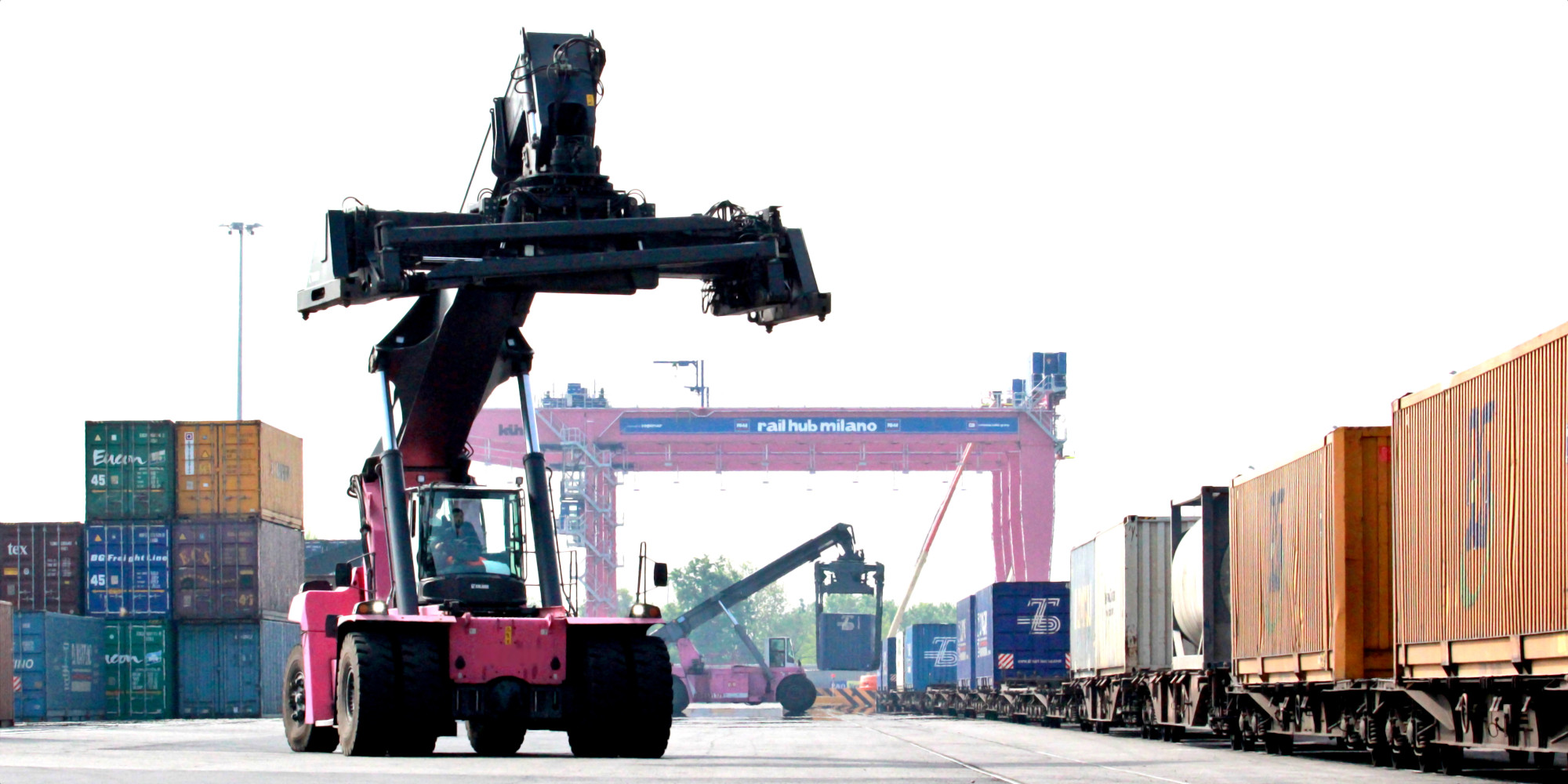An intermodal hub or intermodal terminal is a logistics platform specialized in the transfer of unitized cargo, namely freight loaded onto intermodal transport units, shifting from one mode of transport to another.
Generally, with the term “intermodal hub” we refer to a terminal dedicated to combined transport, which involves the transfer of loading units from road to rail and vice versa. Intermodal hubs can operate independently or be part of a maritime container terminal or a freight village.
-
What are the main services offered by an intermodal terminal?
-
Which are the main Italian intermodal hubs?
-
What is the role of an intermodal hub within the logistics system?
In this article you will find answers to these questions.
Which are the main services offered by an intermodal terminal?
To support intermodal transport operations, an intermodal terminal must enable the transfer and temporary storage of cargo units. To do this, intermodal terminals feature a large yard and dedicated equipment. Using one or more internal rail tracks, freight trains are let into the operational area of the terminal, where intermodal units can be easily handled.

Intermodal terminal RHM – Rail Hub Milano, Melzo, Milan
The main service provided by an intermodal hub is the transfer of cargo units between road and rail. This activity is performed using special equipment: reach stackers, and RMG (Rail Mounted Gantry) cranes. Using a spreader, cargo units are hooked and moved between trains and trucks; cargo is therefore transferred between different modes of transport without opening the intermodal units, reducing to a minimum the complexity and the duration of modal shift operations. Some intermodal terminals are equipped with special ramps, allowing the direct loading of semi-trailers on special wagons. When the track engine remains connected to the semi-trailer the service is often called "rolling highway".
Once ready, the loaded rail wagons are hooked to a shunting locomotive (typically powered by diesel engines), which positions them into a dedicated shunting area where wagons wait to be transferred along the main railway.
Immediately before the scheduled departure time, the wagons are hooked to a long-distance locomotive (which is typically powered by an electric engine) and transported to destination. Once the destination intermodal terminal is reached, the process is repeated backwards: the train is unloaded and the containers are transferred onto multiple trucks, which will deliver them to the final destinations covering the last leg of the journey by road.

Diesel shunting locomotive

Electrical long-distance locomotive
Value added services
Intermodal terminals typically provide customers with a number of accessory services, such as certified weighing (VGM – Verified Gross Mass) of the cargo units and their content, container maintenance and repair, warehousing and empty units depot.
Additional services, such as customs operations management and railway engines maintenance and repair, are available at the larger and more equipped terminals.

Which are the main intermodal hubs in Italy?
The main Italian intermodal terminals are located in Melzo (MI), Segrate (MI), Busto Arsizio (VA), Piacenza (PC), Bologna (BO), Lugo (RA), Turin (TO), Orbassano (TO), Rivalta Scrivia (AL), Padua (PD), Verona (VE), Trieste (TS), Pomezia Terme (RM), Nola (NA) e Bari (BA).
Intermodal hubs may be located within public structures (such as freight villages) or private-managed structures.
Rail Hub Milano: Contship Italia’s intermodal terminal in Melzo
Contship Italia Group’s intermodal network is located around the Rail Hub Milano hub, an area of over 300,000 sqm, which offers a considerable number of frequent and reliable connections between the main Italian gateway ports and central- and northern- European logistics hubs, acting as a strategic logistics platform for the Italian import/export system and intermodal intra-EU traffic.


